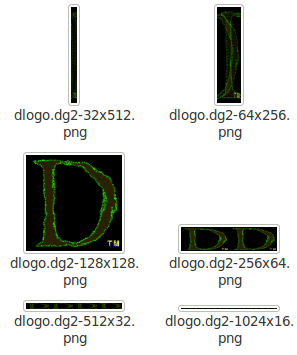Mans sent a message to the FFmpeg-devel list today:
A new FATE
Mike’s FATE system has done a great job over the last few years. It
is however beginning to prove inadequate in various ways:[various shortcomings already dissected at length on this very blog]
To address the above-mentioned issues, I have been working on a
replacement system which is now ready to be announced.
Check it out: http://fate.ffmpeg.org/.
Considering that he just obsoleted something I’ve poured a lot of time and energy into over the last 2.5 years, is my first reaction to this news supposed to be unbridled joy? Hey, I’m already on record as stating that I wouldn’t mind throwing away all of FATE if there was a better alternative.
I’m not certain but I’m pretty sure that at this point, the original FATE server is practically obsolete. Mans is already testing all of his configurations as well as the configs I test. As soon as the other FATE installations switch over to the new server, I should be able to redirect fate.multimedia.cx -> fate.ffmpeg.org, sell most of my computers, and spend more time with my family.
Thanks, Mans!

